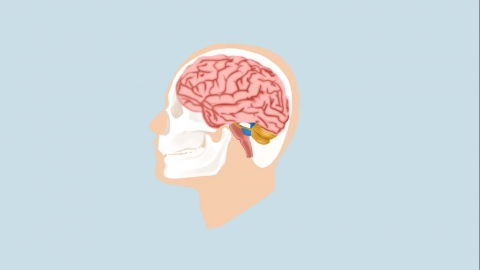Can surgery improve cerebral blood flow insufficiency?
Generally, surgery can improve cerebral ischemia under specific circumstances, but it is not suitable for all patients with cerebral ischemia. Detailed analysis is as follows:

Not all cases of cerebral ischemia can be resolved through surgery, but surgery can be effective under certain conditions. For example, in carotid artery stenosis caused by atherosclerotic plaque narrowing the carotid artery lumen and impeding blood flow to the brain, surgery becomes an important option for improving cerebral perfusion when the degree of stenosis reaches a certain standard. Additionally, cerebral ischemia caused by vertebral artery stenosis can also be treated surgically if conservative treatments prove ineffective. Moreover, in Moyamoya disease, a cerebrovascular disorder causing abnormal cerebral blood flow, surgical intervention can reconstruct blood flow pathways and alleviate cerebral ischemia in patients meeting surgical indications.
Carotid endarterectomy is a classic surgical procedure. It involves opening the carotid artery, removing the thickened intima and atherosclerotic plaque, restoring patency to the carotid lumen, and increasing cerebral blood supply. It is particularly suitable for patients with symptomatic carotid stenosis. Carotid artery stenting is performed under X-ray guidance by inserting a catheter into the narrowed segment of the carotid artery and deploying a stent to expand the vessel. This method is more suitable for elderly patients with severe comorbidities who cannot tolerate carotid endarterectomy or those with high-level stenosis or complex anatomical structures. Cerebrovascular bypass surgery connects extracranial vessels with intracranial vessels to create new blood flow pathways, bypassing the stenotic or occluded vascular segments and supplying blood to ischemic brain tissue. It is commonly used for Moyamoya disease and intracranial arterial occlusion.
Surgical improvement of cerebral ischemia is effective in relieving symptoms such as dizziness, headache, and limb weakness, enhancing patients' quality of life. Eliminating risk factors such as carotid stenosis can also reduce the risk of stroke. However, surgery does carry risks. Complications such as allergic reactions or respiratory depression may occur during anesthesia; surgical procedures may cause intraoperative bleeding, vascular injury, cerebral infarction, or cerebral hemorrhage; postoperative restenosis or new vascular lesions may also occur, leading to symptom recurrence. Patients should also actively cooperate with their physicians' treatment plans and recommendations to improve their condition and enhance quality of life.








